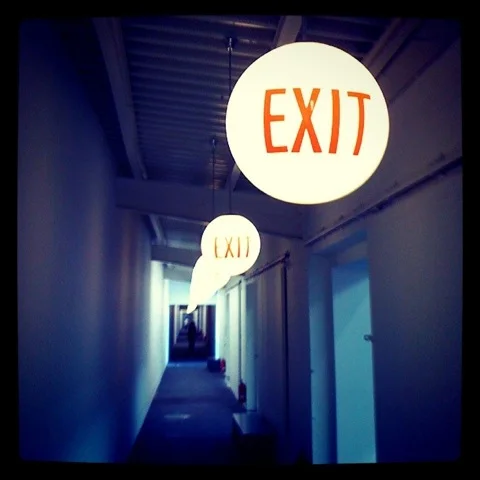Photo by Fabio Sola Penna under CC BY 2.0 license
This article is cross-posted on the blog Analysis from TRG Arts.
As summer approaches, many museums and festivals are preparing for their busiest season of the year. Peak visitation and big events often mean an influx of new visitors or ticket buyers. We’re reminded at TRG how critical cultivating those newcomers is.
In the performing arts, TRG research found that about 4 out of 5 newcomers come once and are never seen again. They follow this pattern of attrition often, we find, because organizations don’t consistently invite them back.
For museums, that attrition rate may be even higher. Museums routinely don’t collect patrons’ contact information—the only way they will be able to directly invite those patrons back. Sometimes admission is free and visitors come and go without having to check in. Even when admission is paid, ticketing staff may not perceive that they have time to ask, especially if there’s a line at the counter.
Collecting first-time ticket buyers’ contact information isn’t a touchy-feely customer service type of initiative. It can mean serious revenue gains—or losses.
An example
Here’s an example we put together for a presentation at the recent AAM conference on how data collection can impact revenue. Although we’ve used a hypothetical museum for this example, it could just as easily apply to a zoo, botanical garden, or performing arts organization.
Let’s say our museum gets 100,000 first-time visitor households a year. For the sake of this example, we’ll imagine they all live in the museum’s metro area.
Let’s imagine our museum is awesome at data collection. We get contact information for everyone who buys online. We incentivize them to buy online with a $1-2 discount because it relieves the burden on our front-line staff to ask for this information. Even so, we train our front-line staff to ask for it. We’re able to collect information for almost everyone who comes through our doors—95%.
Every year, we send a mailing to those first-timers touting our next blockbuster exhibit and offering them a discount on tickets if they become a member. Typically around 2.1% respond. (This is on the low end of what TRG typically sees for mailings to first-timers.) Some order an individual membership and some order a dual membership as well as tickets to our exhibit, with the total averaging out to $70.
Here’s how our mailing turns out:
We mail and email every first timer whose data we have and we make $140,000.
Over and over in the museum industry, we see lower data collection rates—maybe 15%. Many times they’re closer to 10%, 5% or even less. In this case if we mail every first timer whose data we have, our pool of prospects is much smaller:
The difference is nearly 1,700 member households and $118,000. In the nonprofit arts industry, budgets are tight, the margin for error is small, and every campaign must be as effective as possible. That difference is huge. Even taking in account the discount for our online buyers and extra mailing costs for that campaign, our museum comes out ahead. (Especially if we can keep those members renewing in the coming years.)
More than just revenue
The consequences go beyond the potential loss of revenue and memberships. Not collecting data can also lead us to spend our budget in ways that are less productive.
In the example with the smaller prospect pool, our other colleagues in the membership department may begin talking about renting zip code lists for membership acquisition. They’re proposing paying for a list of people who may or may not have been to our museum or care about our mission.
There’s a disconnect there. Sure, the zip code list will attract some new visitors to the museum. Some will buy memberships. However, people who we know have actually attended will nearly always get a better return on investment than a list of “cold” prospects.
If our museum doesn’t collect patron contact information in some way, we have no way to know who attended. Unless we pay attention to data collection, our marketing efforts and membership appeals will not be as effective as they could be.
Previously on the TRG blog, we collected ideas on how to ask patrons for contact information. We urge you to refresh your data collection strategy as peak visitation time approaches or in advance of your season beginning.
What barriers does your organization face in collecting contact information? Tell us in the comments below.





